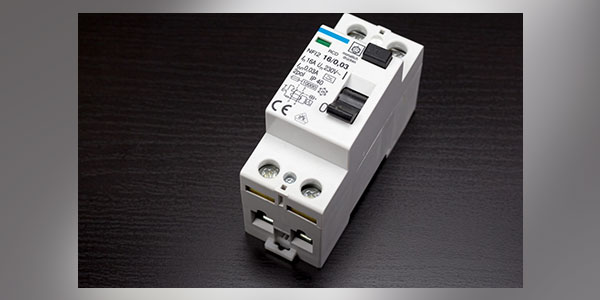by Mike Watson, e-conolight
For the past decade, lighting has undergone a remarkable renaissance through the introduction of LED technology. Until now, this rapid transformation has brought unimagined benefits to businesses and consumers, from significant advancement in performance to continuous product availability and cost. While it’s human nature to take this progress for granted, the recent tariff disputes between the United States and China shine a new light on the delicate balance between delivering high value products to the American consumer while simultaneously addressing the potential of increased cost for those products.
If you’re an electrical contractor, facility manager or building owner in charge of purchasing LED luminaries, the next several months will be challenging. The prices of LED products entering the country from China could increase; performance and quality of lookalike products could decrease; and availability of all products could fluctuate. Education and preparation will determine how your business is affected by the LED lighting tariffs.
First Wave – 10 Percent Tariffs – If you’re just catching up, “list 3” of U.S. tariffs on thousands of products originating from China began on Sept. 24 and include LED luminaries. While the prospect of potential tariffs on LED luminaires was known, many lighting retailers were caught off guard both by the timing and by the increase in tariffs from 10 percent to 25 percent beginning April 1, 2019. The more prepared organizations worked proactively to secure inventory at pre-tariff costs for customers and address the larger looming 25 percent tariff. Left unaddressed, that increase is significant enough to disrupt every aspect of the LED lighting market. So, what are manufacturers and retailers doing to prepare?
Second Wave – 25 Percent Tariffs – Many lighting companies and retailers have already begun to raise prices on LED luminaires. However, based on lessons learned from the first wave of tariffs, the more proactive manufacturers and retailers were already working with their suppliers to unpack the impact of the 25 percent tariffs on their business. Short-term actions include increasing inventory prior to April 1. While somewhat costly for manufacturers and retailers, doing so protects electrical contractors and their customers. It’s also cheaper and less disruptive than waiting for the 25 percent tariffs to take effect.
Essentially, these companies are in a better position to defer market disruption for a few months, buying time for a potential resolution between the U.S. and China or for longer term strategies to become effective. As that inventory dwindles, prices will likely increase if the increased tariffs go into effect and buyers can expect to see changes beginning as early as March 2019.
It’s important to realize that not all manufacturers or retailers are handling tariffs the same way. Some have opted to raise prices on existing prices immediately while others chose to secure cheap ‘lookalike’ products that may have potential regulatory, performance, quality or reliability issues. For electrical contractors and other purchasers, e-conolight suggests taking the following steps to protect your business:
Hoard inventory. As much and as often as practical, we encourage contractors to review their orders. If you have known and consistent demand, stock up on product from a trusted retailer. Make sure you have the right product and right price. It’s better to buy at a known price versus a moving target after April 1.
Speak with your suppliers. Ensure quotes are written correctly and give you reasonable price protection over time. What might cost $3.00 today (under the 10 percent rule) may cost significantly more after April 1.
Protect yourself with your customers. Make sure cost adjustments and potential market price changes are taken into account during the quote and build process. Provide an option to modify your pricing should the market price change for you.
Quality control. When speaking with a supplier, make sure the quality, consistency and price that you need for a build haven’t been compromised. While not acceptable, companies may substitute and source inferior product to meet a target price and ensure better profits.
Stay informed. Your best protection is knowledge. Gathering publicly available information will be imperative to understanding market forces that may impact your business.
Tariffs are changing the LED lighting landscape. While understandable attention is focused on potential price impacts to electrical contractors and consumers, it’s important to focus on all scenarios (positive and negative) and develop a plan for moving forward.
This is as much an opportunity for your business as it is a hardship to handle. Those who stay educated, develop trusted sources of supply, and transparently communicate with their customers can not only reduce the effect of increased prices on their business, but also protect customers and improve the overall prospect of success for the business.



